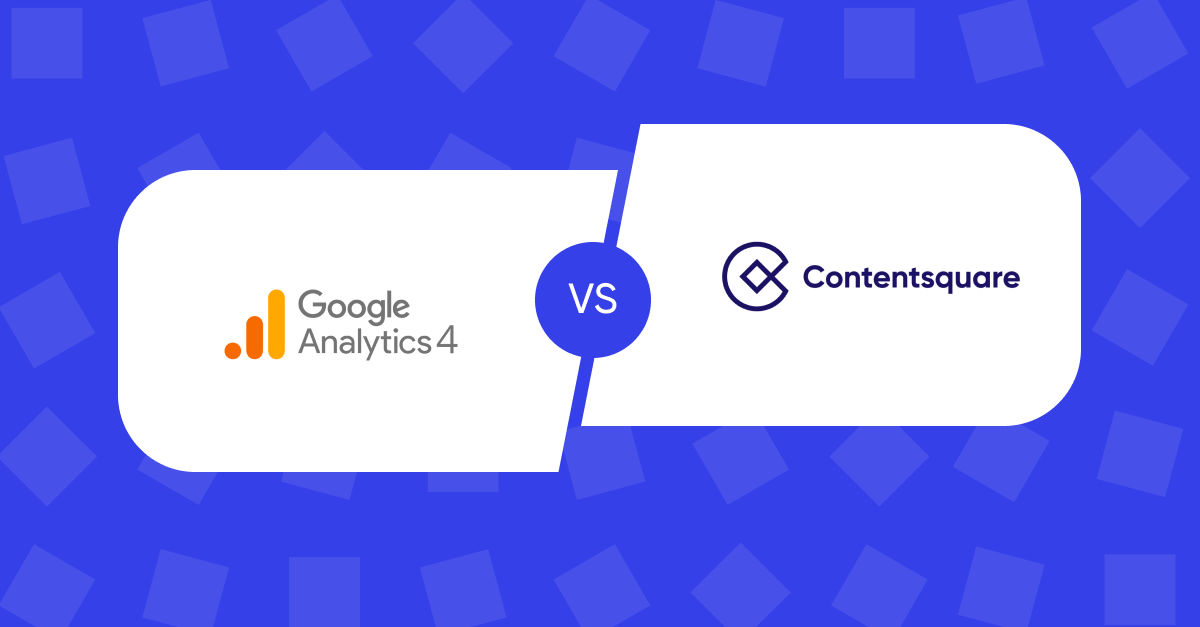The UX Faceoff in UK Energy

The dominance of the “Big 6” is evidently waning. What can established brands do to fight back?
What Happened?
First, consumer engagement increased. Research from Ofgem shows the rise in the number of consumers switching, changing their tariff or comparing their supplier in the last 12 months.
A recent report from KPMG indicated that nearly 70% of switchers in 2016 were moving from large to small suppliers.
This represents a big risk for incumbent energy brands. Challenger brands able to effectively activate the remaining portion of this largely dormant audience will be highly disruptive and may well steal significant market share.
Experience is the New Battleground
Energy brands should look to more developed retail markets like fashion and luxury if they are to stay ahead of the curve. Don’t forget: energy consumers are retail consumers too, and their service expectations are already set by the likes of Amazon and Google.
- Customers who had an unpleasant experience on your site are 88% less likely to return.
- 50% of consumers are likely to switch brands if a company doesn’t anticipate their needs.
Ten years ago, the expectation of switching costs, complex tariffs and intolerance to risk made customers reluctant to change suppliers, even if they were offered a better deal elsewhere.
This has changed. Today’s customers are educated, deal-savvy and more than happy to switch providers. Brands offering attractive switching bonuses, referral rewards, and seamless energy management pose a tempting offer for the vast swaths of consumers who still can’t name their current energy provider.
Your UX Ages Fast
Businesses that aren’t constantly looking for new ways to optimize, streamline and remove friction are already losing the battle for customers.
According to a recent report, the three key reasons for switching energy providers were:
- Lower price
- Better customer service
- Differentiated product
Brands must ensure their service offering is fully aligned with customer needs if they are to provide a superior customer experience. But often the first hurdle to overcome is understanding how your customers operate:
“To ensure your interface caters to customer needs you’ve got to know what those customer needs are! For OVO, that comes from a few different areas: the explicit feedback customers provide over the phone (observing the common topics that customers call up about), in-app feedback, alongside behavioral data that shows how users are engaging with our interfaces.
We see more than ¾ of our customers check their account online. That ability to give customers instant access and data is important to keep them engaged with their energy usage, and ultimately their energy supplier.”
– Bobby Chucas, Ex-Product Manager, OVO Energy
We analyzed 12 million sessions across 5 energy brands to understand why visitors come to Energy sites, identify key differences between incumbents and challenges, and provide UX recommendations to brands looking to optimize for key user intents.
Key Customer Journeys in Energy
- Account management – 63%
- Read editorial content – 4%
- Explore new offers – 7%
- Subscription forms – 11%
- Contact pages – 10%
Incumbents Vs Challenger Brands
INCUMBENTS
- 5x more visits to contact details
- 4x more visits to information pages
- 9x more visits to editorial content pages
CHALLENGERS
- 85% more visits to the ‘subscribe’ section
- 43% more visits to offer pages
- 2x more visits to quote pages
The data suggests incumbents are more likely to attract customers looking to get in touch to solve issues, find out about their current tariff, and read editorial content.
Conversely, challengers will attract those looking to switch, subscribe to new content, find out about new offers and compare energy prices.
For more insight into the importance of UX optimization in energy, download the free report Why UK Energy Suppliers Need to Join The UX Revolution



